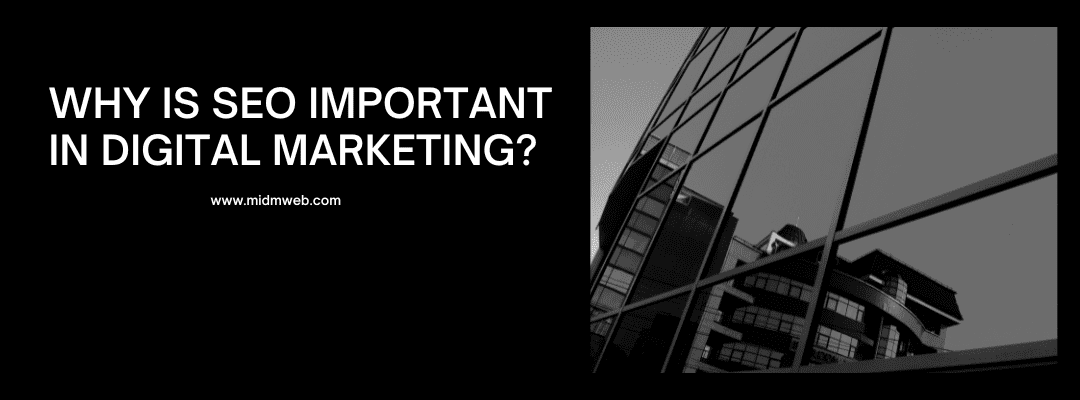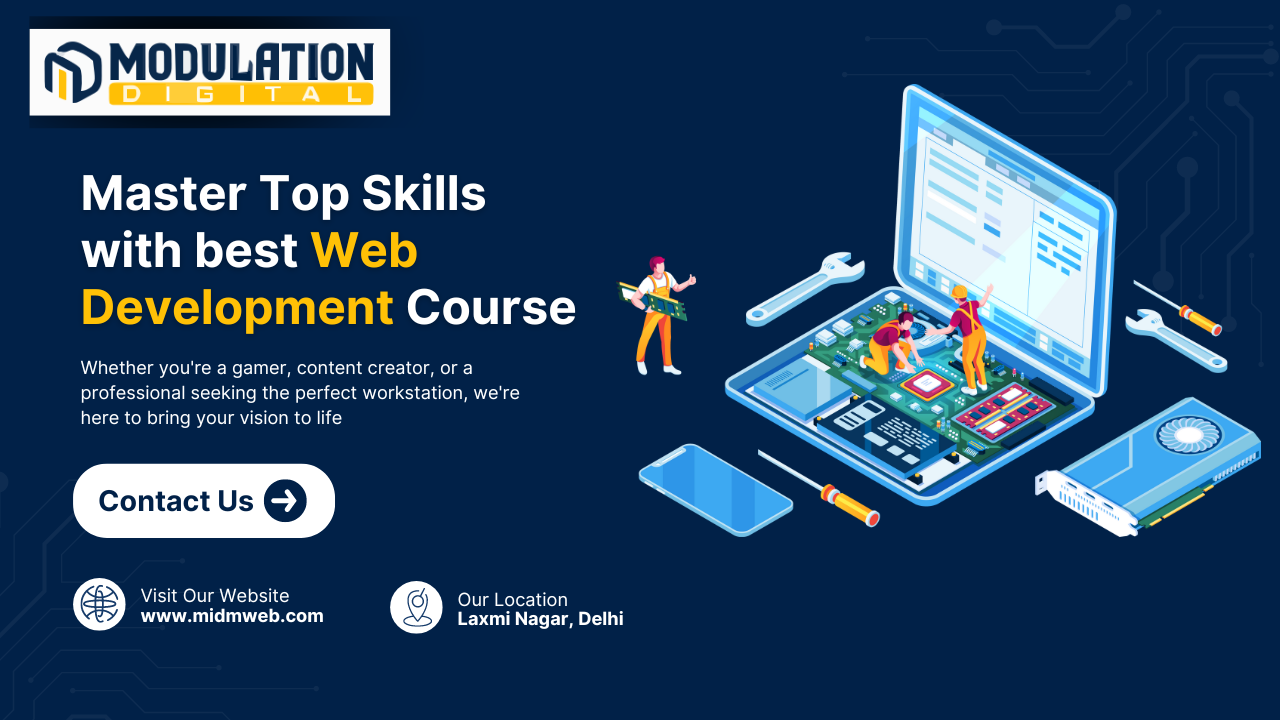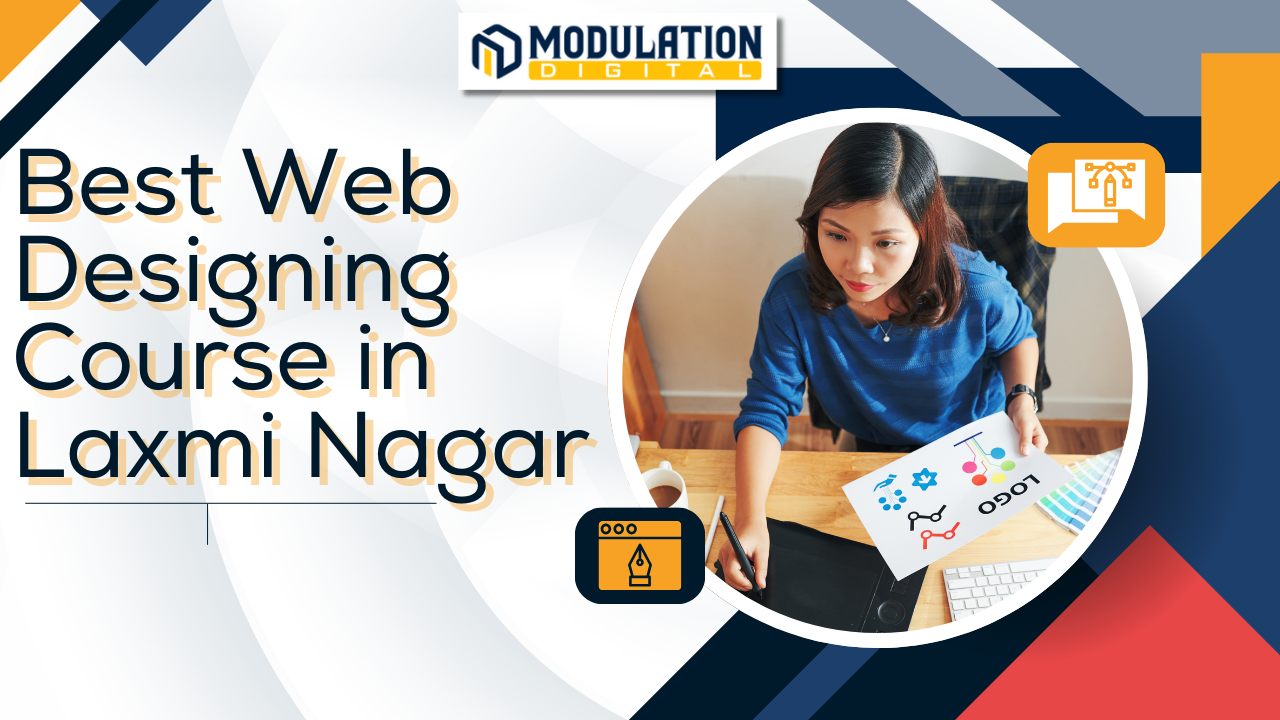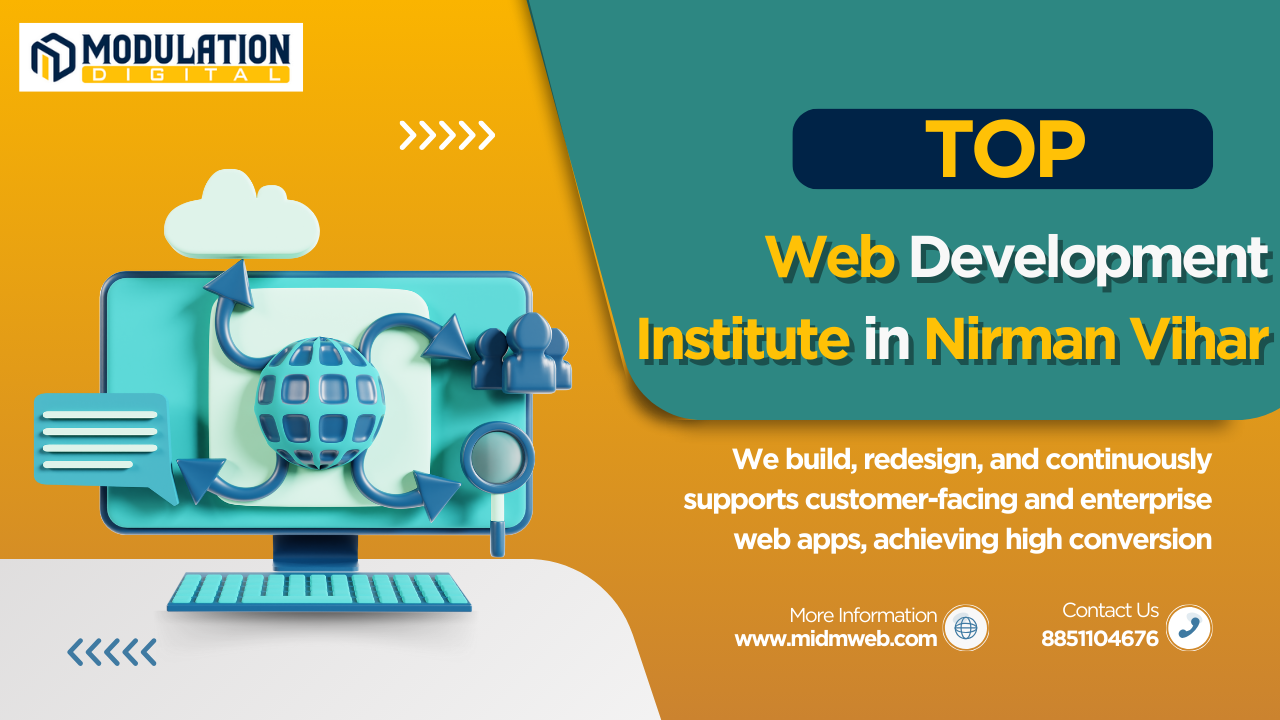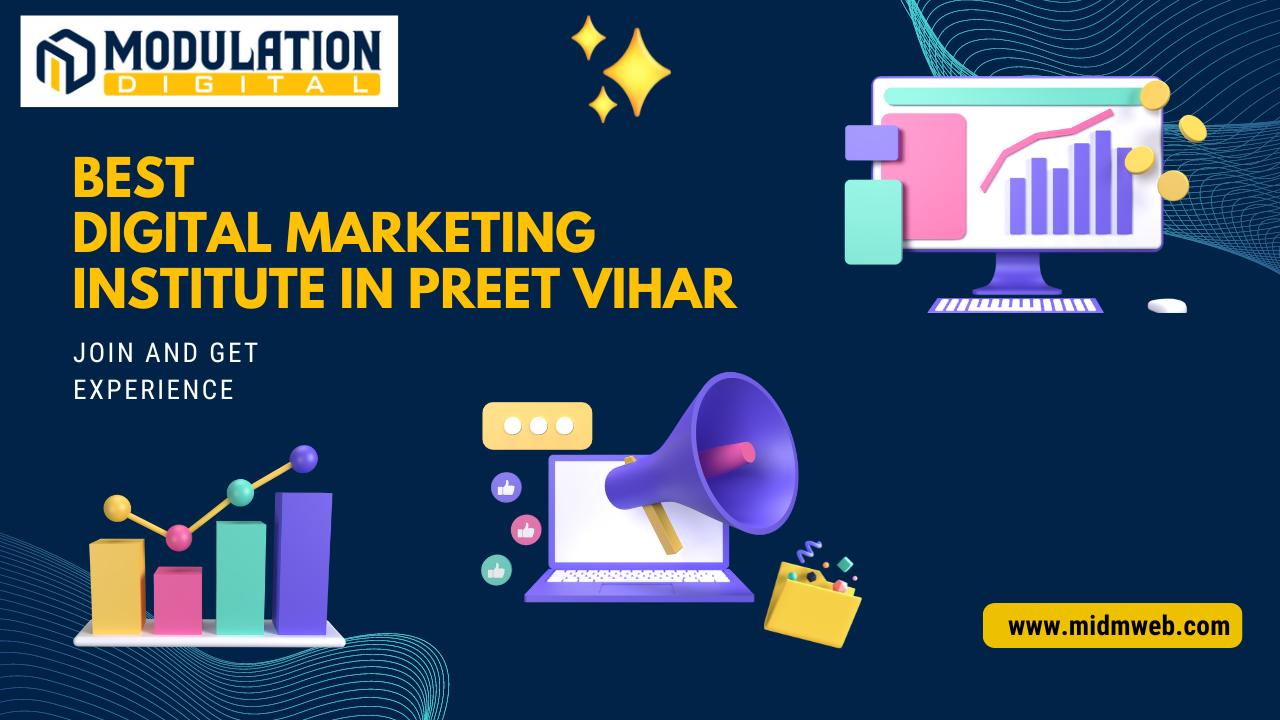
Are you preparing for your first digital marketing interview? The world of digital marketing is dynamic and ever-evolving, making it an exciting field to start your career. However, stepping into your first interview can be a bit intimidating, especially if you’re unsure about the types of questions you might face.
To help you feel confident and well-prepared, we’ve compiled a list of the top 50 digital marketing interview questions along with clear and easy-to-understand answers. This guide is designed specifically for freshers like you, providing insights into the essential concepts and practical knowledge that interviewers are likely to test. Whether you’re applying for a role in SEO, social media marketing, content creation, or any other digital marketing domain, these questions will give you a solid foundation to ace your interview and land that dream job.
So, let’s dive in and get you ready to impress your future employer!
Table of Contents
Toggle1. What is digital marketing?
Answer: Digital marketing is the promotion of products or services using digital channels like search engines, social media, email, and websites to reach potential customers.
2. Why is digital marketing important?
Answer: Digital marketing allows businesses to reach a global audience, target specific demographics, and measure the effectiveness of their campaigns in real-time.
3. What are the main types of digital marketing?
Answer: The main types include Search Engine Optimization (SEO), Search Engine Marketing (SEM), Content Marketing, Social Media Marketing, Email Marketing, and Pay-Per-Click (PPC) advertising.
4. What is SEO?
Answer: SEO stands for Search Engine Optimization, which is the process of optimizing your website to rank higher in search engine results, increasing organic traffic.
5. What are keywords in SEO?
Answer: Keywords are the specific words or phrases that users type into search engines to find information. Optimizing your content with relevant keywords helps improve your search engine ranking.
6. What is PPC advertising?
Answer: Pay-Per-Click (PPC) is a type of online advertising where advertisers pay a fee each time their ad is clicked. It’s a way to buy visits to your site rather than earning them organically.
7. What is a content marketing strategy?
Answer: A content marketing strategy involves creating and distributing valuable, relevant content to attract and engage a target audience, with the goal of driving profitable customer actions.
8. How does social media marketing work?
Answer: Social media marketing uses platforms like Facebook, Instagram, and Twitter to promote products or services, engage with customers, and build brand awareness.
9. What is a target audience?
Answer: A target audience is a specific group of people identified as the intended recipients of a marketing message. They are chosen based on demographics, interests, and behaviors.
10. What is Google Analytics?
Answer: Google Analytics is a free tool that tracks and reports website traffic. It provides insights into how users interact with your site, helping you improve your marketing efforts.
11. What is the role of a digital marketer?
Answer: A digital marketer is responsible for planning and executing online marketing strategies to promote products or services, improve brand awareness, and increase sales.
12. What is email marketing?
Answer: Email marketing involves sending targeted messages or promotions to a group of people via email. It’s used to build relationships with customers, drive traffic, and generate sales.
13. What are backlinks in SEO?
Answer: Backlinks are links from other websites that point to your site. They are important for SEO because they signal to search engines that your content is valuable and trustworthy.
14. What is on-page SEO?
Answer: On-page SEO refers to the optimization of individual web pages to rank higher in search engine results. It includes optimizing content, meta tags, and internal links.
15. What is off-page SEO?
Answer: Off-page SEO involves activities outside your website that affect its ranking, such as backlink building, social media marketing, and influencer outreach.
16. What is a landing page?
Answer: A landing page is a standalone web page created specifically for a marketing or advertising campaign. It’s where visitors “land” after clicking on a link and is designed to drive conversions.
17. What is the difference between organic and paid search results?
Answer: Organic search results are natural listings based on relevance, while paid search results appear because advertisers paid for them to show up when certain keywords are searched.
18. What is a conversion in digital marketing?
Answer: A conversion is any desired action taken by a user on your website, such as making a purchase, filling out a form, or signing up for a newsletter.
19. What is a call-to-action (CTA)?
Answer: A CTA is a prompt on a webpage that tells the user to take some specified action, like “Buy Now” or “Sign Up,” designed to increase conversions.
20. How do you use social media for customer engagement?
Answer: You can use social media to engage with customers by posting relevant content, responding to comments and messages, running contests, and encouraging user-generated content.
21. What is influencer marketing?
Answer: Influencer marketing involves partnering with popular social media personalities or bloggers to promote your product or service to their audience.
22. What are the benefits of video marketing?
Answer: Video marketing can improve engagement, boost conversions, and increase brand awareness. Videos are often more engaging than text and can be easily shared on social media.
23. What is the importance of mobile marketing?
Answer: Mobile marketing targets users on smartphones and tablets. Since most people access the internet through mobile devices, it’s crucial for reaching a broad audience.
24. What is a marketing funnel?
Answer: A marketing funnel is a model that represents the customer journey from awareness to purchase, with stages like awareness, interest, consideration, and conversion.
25. What is remarketing?
Answer: Remarketing is a strategy that targets users who have previously visited your website with ads, encouraging them to return and complete a desired action, like making a purchase.
26. How do you measure the success of a digital marketing campaign?
Answer: Success is measured using key performance indicators (KPIs) such as website traffic, conversion rates, click-through rates, return on investment (ROI), and customer engagement.
27. What is A/B testing in digital marketing?
Answer: A/B testing involves creating two versions of a webpage or ad to see which performs better. It’s used to optimize content and improve conversion rates.
28. What is affiliate marketing?
Answer: Affiliate marketing is a performance-based strategy where businesses reward affiliates (partners) for driving traffic or sales to their website through referrals.
29. What is Google Ads?
Answer: Google Ads is an online advertising platform where businesses can create ads that appear on Google’s search engine and other Google properties. It operates on a PPC model.
30. What is content curation?
Answer: Content curation involves finding, organizing, and sharing high-quality content from various sources relevant to a particular topic or audience.
31. What is the difference between B2B and B2C marketing?
Answer: B2B (Business-to-Business) marketing targets other businesses, while B2C (Business-to-Consumer) marketing targets individual consumers.
32. What is the role of analytics in digital marketing?
Answer: Analytics helps track and measure the performance of digital marketing campaigns, providing insights that can be used to improve strategies and achieve better results.
33. What is a blog, and how does it help in digital marketing?
Answer: A blog is a regularly updated website or web page that can help in digital marketing by driving traffic, improving SEO, and establishing authority in a niche.
34. What is a buyer persona?
Answer: A buyer persona is a fictional representation of your ideal customer based on market research and real data about your existing customers.
35. What is the importance of email list segmentation?
Answer: Segmentation involves dividing your email list into smaller groups based on specific criteria, allowing you to send more targeted and relevant messages to your audience.
36. What is click-through rate (CTR)?
Answer: CTR is the percentage of people who click on a link or ad after seeing it. It’s a key metric for measuring the effectiveness of your marketing efforts.
37. What is the difference between impressions and clicks?
Answer: Impressions are the number of times an ad or content is shown to users, while clicks are the number of times users actually click on the ad or content.
38. What is local SEO?
Answer: Local SEO focuses on optimizing your online presence to attract more business from relevant local searches. It’s essential for businesses that operate in specific geographical areas.
39. What is a bounce rate?
Answer: Bounce rate is the percentage of visitors who leave your website after viewing only one page. A high bounce rate may indicate that your content isn’t engaging or relevant.
40. How do you stay updated with digital marketing trends?
Answer: Stay updated by following industry blogs, attending webinars, participating in online courses, and networking with other professionals in the field.
41. What is a lead in digital marketing?
Answer: A lead is a potential customer who has shown interest in your product or service by providing their contact information or interacting with your content.
42. What is the role of social proof in digital marketing?
Answer: Social proof is the influence that the actions and opinions of others have on your potential customers. It includes reviews, testimonials, and social media mentions that build trust.
43. What is Google Search Console?
Answer: Google Search Console is a free tool that helps you monitor, maintain, and troubleshoot your website’s presence in Google Search results.
44. What is an opt-in in email marketing?
Answer: An opt-in is when a user voluntarily signs up to receive emails from you, usually by entering their email address into a form on your website.
45. What is the significance of content in digital marketing?
Answer: Content is crucial in digital marketing as it helps engage your audience, improve SEO, establish authority, and drive conversions.
46. What is a responsive website?
Answer: A responsive website automatically adjusts its layout and design to fit the screen size of the device being used, providing an optimal viewing experience on desktops, tablets, and smartphones.
47. What is a hashtag, and how is it used in digital marketing?
Answer: A hashtag is a word or phrase preceded by the pound sign (#) used on social media to categorize content and make it easier for users to find posts related to specific topics.
48. What is the difference between a blog post and an article?
Answer: A blog post is typically shorter, more informal, and focuses on engaging the reader, while an article is usually longer, more detailed, and provides in-depth information on a topic.
49. What is retargeting in digital marketing?
Answer: Retargeting is a form of online advertising that targets users who have previously visited your website but did not complete a desired action, such as making a purchase.
50. What is the role of UX (User Experience) in digital marketing?
Answer: UX plays a critical role in digital marketing by ensuring that users have a positive experience on your website, which can lead to higher engagement, better conversion rates, and increased customer satisfaction.

